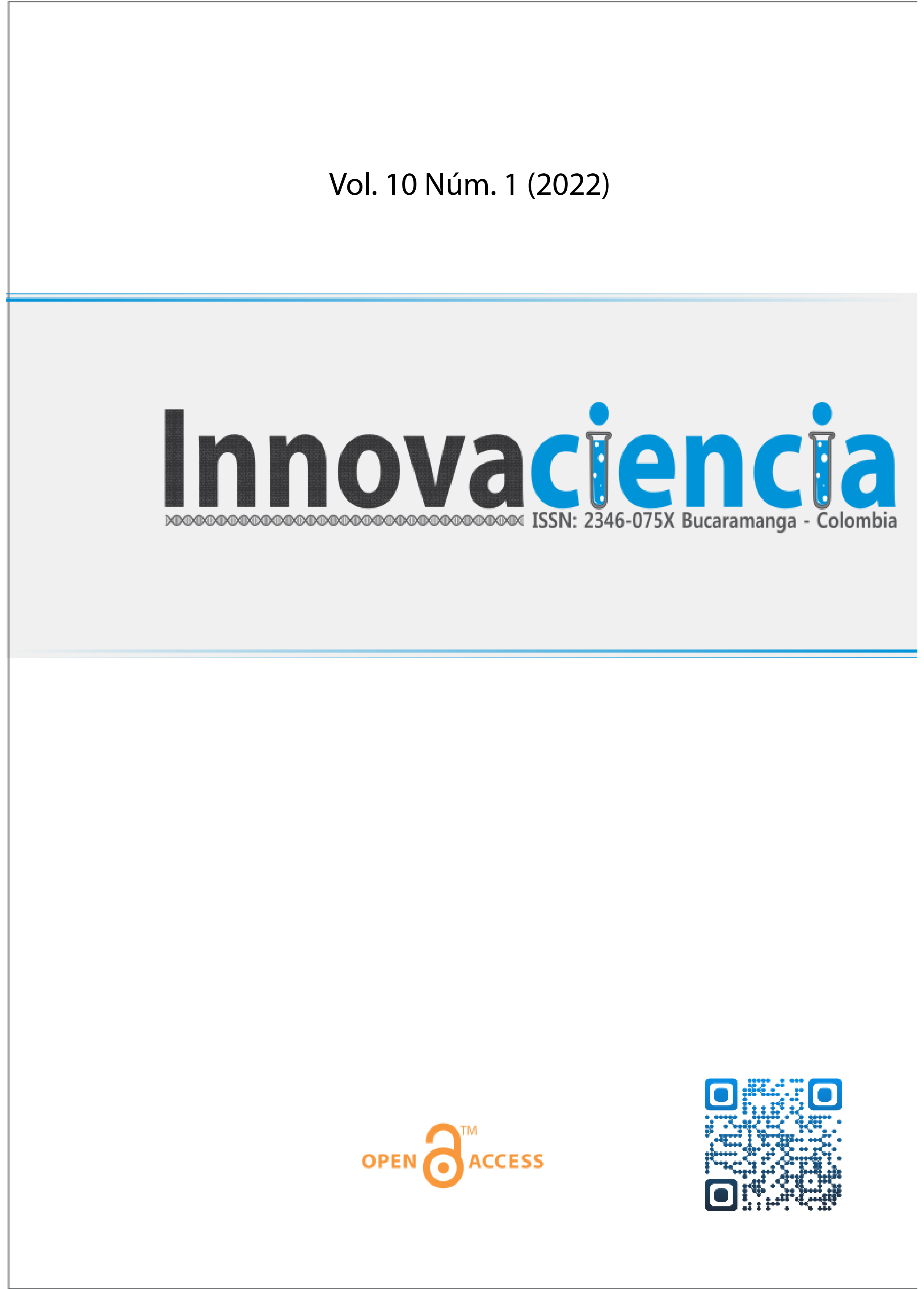Phenomenon of Nur-Sultan architecture: Aleatoric principle and identity
DOI:
https://doi.org/10.15649/2346075X.2956Palabras clave:
Identidad, Aleatorio, Planificación urbana, Ciudad simbiótica, Arquitectura de KazajstánResumen
Introducción: El artículo presenta las reflexiones de los autores sobre un fenómeno de la arquitectura moderna como la identidad. Materiales y métodos: la metodología de la arquitectura del soberano Kazajstán se basa en la combinación de estudios históricos y religiosos, análisis comparativo-tipológico e iconográfico, lo que refleja un enfoque sistemático e interdisciplinario del estudio de la arquitectura, la comparación de fuentes históricas y literarias, análisis gráfico compuesto de la disposición y organización espacial de los objetos en cuestión, a partir de su estudio de origen y estudio de campo. Resultados y Discusión: Aplicado a la formación y desarrollo de la capital de Kazajstán - Nur-Sultan - este fenómeno muestra su transformación, debido a la búsqueda de arquitectos que encarnen sus ideas en varios niveles de este fenómeno. Conclusiones: Se deriva el concepto de aleatorio, característico del estado de la capital en la actualidad, que en general caracteriza el estado de la arquitectura moderna de Kazajstán en su conjunto.
Referencias
Nooraddin H. Architectural identity in an era of change. Dev Count Stud. 2012. 2: 81-96.
Abdulaziz A. Understanding the role of architectural identity in forming contemporary architecture in Saudi Arabia. Alex Eng J. 2022. 61(12): 11715-11736.
Zadvornaya ES. The phenomenon of identity: the history of the formation of the concept and modern approaches to the study. Val & Mean. 2017. 1(47): 24–37.
Gurevich P. The mystery of man is an eternal problem. Philosoph Sch. 2018. 3: 45-47.
Turganbayeva ShS. Aesthetic and artistic features of color solutions in contemporary art of Kazakhstan. Barnaul: Altai State University; 2011.
Samashev Z. Kazakh art. Almaty: Elnur; 2013.
Rem K. National identity in architecture. Arch Austral. 2014. Available at: https://architectureau.com/articles/national-identity-in-architecture-an-interview-with-rem-koolhaas/ Accessed: June 22, 2022.
Delanty G, Jones P. European identity and architecture. Eur J Soc Theor. 2002. 5(4): 453–466.
Glaudinov B. History of architecture of Kazakhstan. Almaty: Oner; 2011.
Abilov AZh. Genesis and conceptual foundations for the development of urban planning in Kazakhstan in the 20th century. Almaty: Kazakh Leading Academy of Architecture and Civil Engineering; 2004.
Sabitov AR. Spatial models in the architecture of Kazakhstan. Almaty: Kazakh Leading Academy of Architecture and Civil Engineering; 2007.
Baitenov EM. Memorial architecture of Kazakhstan: evolution and problems of shaping. Moscow: Research institute of theory architecture and urban planning of the Russian Academy of Architecture and building sciences; 2004.
Kuspangaliyev BU. The development of the architecture of urban housing in Kazakhstan in the XX century. Almaty: Kazakh Leading Academy of Architecture and Civil Engineering; 2000.
Kozbagarova NZh. The development of landscape architecture of Kazakhstan in the twentieth century. Almaty: Nauka, 2010.
Abdrassilova GS. Trends in the development of regional architecture and urban planning in Kazakhstan. Almaty: Kazakh Leading Academy of Architecture and Civil Engineering; 2010.
Issabaev GA. Stylistic features of the architecture of Kazakhstan in the second half of the XIX-XX centuries. Novosibirsk: Novosibirsk Architectural Institute; 1992.
Balykbaev BT. The relationship of functional and artistic principles in the architecture of Alma-Ata in the 80s. Moscow: Moscow Architectural Institute; 1993.
Glaudinov B, Karpykov A, Seydalin M. Architecture of Soviet Kazakhstan. Moscow: Stroyizdat, 1987.
Truspekova KhKh. Cultural policy and development of architecture of Astana. In: Synthesis of arts in the fine arts of Kazakhstan (255-266). Almaty: Orner, 2017.
Galimzhanova A, Glaudinova M, Truspekova Kh. Regional architecture of the Western Kazakhstan: place identity context. Mod Probl of Arch & Urb Plan. 2019. 11: 46-52.
Galimzhanova AS, Glaudinova MB, Truspekova KhKh, Barmankulova BK. The art of sovereign Kazakhstan in the context of national identity. Almaty: Nur-Print; 2020.
Basenov TK. Ornament in the architecture of Kazakhstan. Alma-Ata: Nauka, 1957.
Mendikulov MM. Monuments of folk architecture of western Kazakhstan. Almaty: Nauka; 1987.
Galimzhanova AS, Glaudinova MB, Truspekova KhKh, Karzhaubaeva SK, Galimzhanov SE. Identity in the modern architecture of Kazakhstani mosques: Ijtihad principle. Intern J Eng Res & Tech. 2020. 13(5): 923-928.
Descargas
Publicado
Cómo citar
Descargas
Número
Sección
Licencia
Todos los artículos publicados en esta revista científica están protegidos por los derechos de autor. Los autores retienen los derechos de autor y conceden a la revista el derecho de primera publicación con el trabajo simultáneamente licenciado bajo una Licencia Creative Commons Atribución-NoComercial 4.0 Internacional (CC BY-NC 4.0) que permite compartir el trabajo con reconocimiento de autoría y sin fines comerciales.
Los lectores pueden copiar y distribuir el material de este número de la revista para fines no comerciales en cualquier medio, siempre que se cite el trabajo original y se den crédito a los autores y a la revista.
Cualquier uso comercial del material de esta revista está estrictamente prohibido sin el permiso por escrito del titular de los derechos de autor.
Para obtener más información sobre los derechos de autor de la revista y las políticas de acceso abierto, por favor visite nuestro sitio web.
















